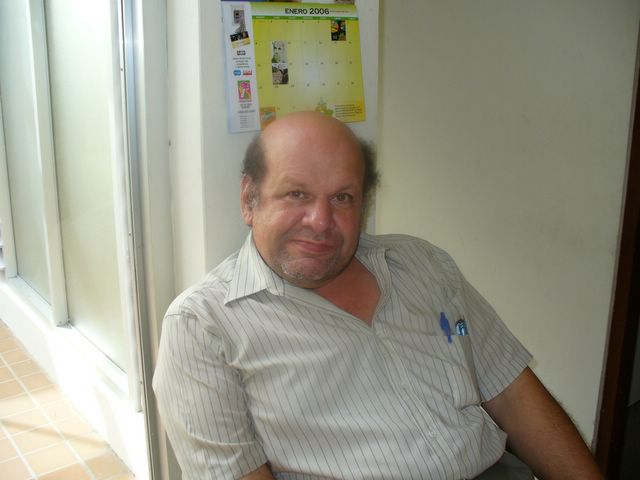The concept of cultural landscapes is in preservation "the best thing since sliced bread". Used creatively, it can propel heritage into a major component of territorial planning decisions. Since its inception in the 1960s, the concept has inserted itself timidly from the conservation of parks, farms and small sections of cities and countryside to a bolder conception addressed to defining networks across whole regions and even countries. The name "landscape" is devious: this is not merely a historic view of the profession and craft of landscape architecture, and it is not either a professional enclosure for the practitioners of that specialty. Cultural landscape study, well understood, cuts across road engineering, architecture of buildings, agriculture, ecology, the social sciences and broader concerns about sustainability and climate change!
Cultural landscapes should be seen as an exercise in establishing relations and reference points. On rural areas, the traces of old foot and bridle paths, the remains of houses, the echo of landmarks at crossings, the location of sources of water, food and materials for shelter - in short, all those seemingly insignificant details - can open up a bounty of information on life in the past and the people's response to the environment. It debunks myths of so called common sense that pass as pseudo-scholarship especially in the built environment professions.
Our environment is the fruit borne by the presence of successive generations of habitants, bearing the scars of change and continuity, ruptures and evolutions. All our environment should be treated as a palimpsest. In the Middle Ages, it was usual to erase and reuse paper because of its scarcity. The sheets, with their scars and marks of previous writers, were knows as palimpsests from the Greek words palein (again) and psen (to scrape), e.g., "scraped again".
And our built environment has been subject in the last century not to a superficial scraping, but rather a drastic plastic surgery looking for modernistic youth. Bulldozers, earthmovers, armaments and induced "natural" disasters remove much of the testimony of past ages. Vernacular architecture scholar Dr. Henry Glassie - in his classic study of Middle Virginia houses - said that the artifact, properly and painstakingly interpreted, is the most truthful and eloquent historical document available.
By dislocating artifacts of the past, we are consciously deleting our history to become "Brave New Men (and Women)" in the Huxleian sense. So, while we can still do so, we must preserve the more carefully treaded palimpsest of historical artifacts in the human and natural landscape and close the door on radical organotomies like the ones witnessed on our countryside and inner cities.
Our landscape as evolved still riddles us with clues of past rumors. By encompassing wide territories we can keep reference points, lines of continuity and surfaces of past artifactual writings. Cultural landscape assessments must be introduced in regional planning studies and in the evaluation of massive "development" schemes. We can't and shouldn't consent to more disrespect to the deeds of our ancestors... let's preserve creatively their testimony in the cultural landscape of our world!
Monday, October 08, 2007
Subscribe to:
Post Comments (Atom)

No comments:
Post a Comment